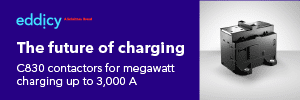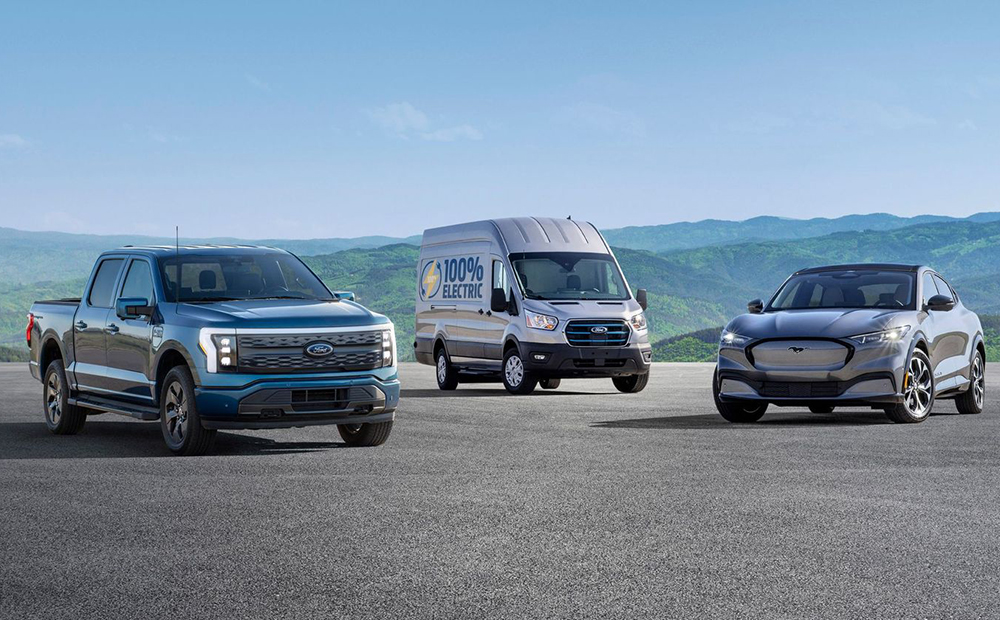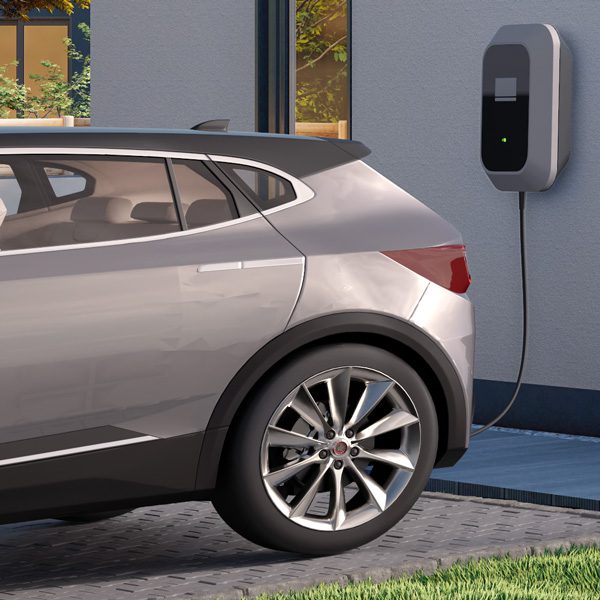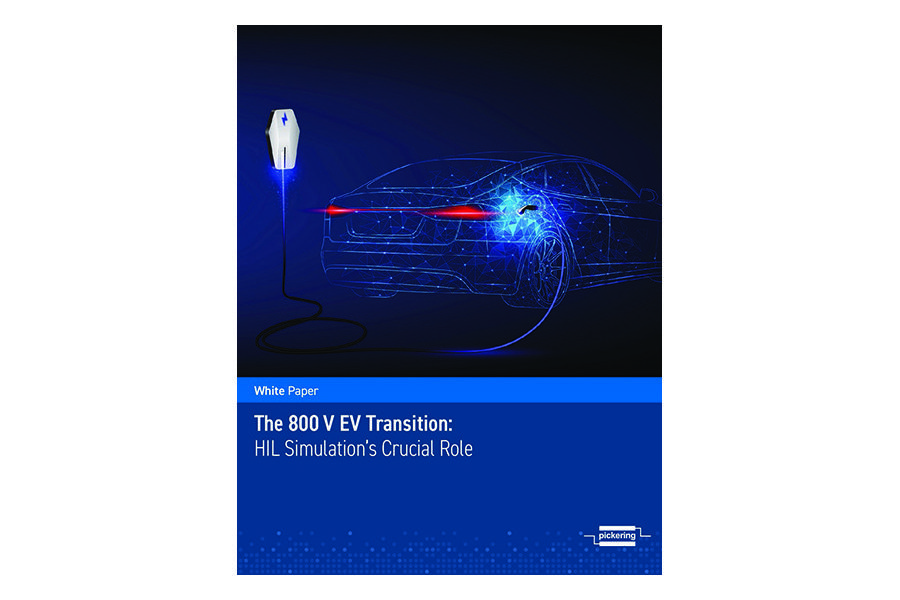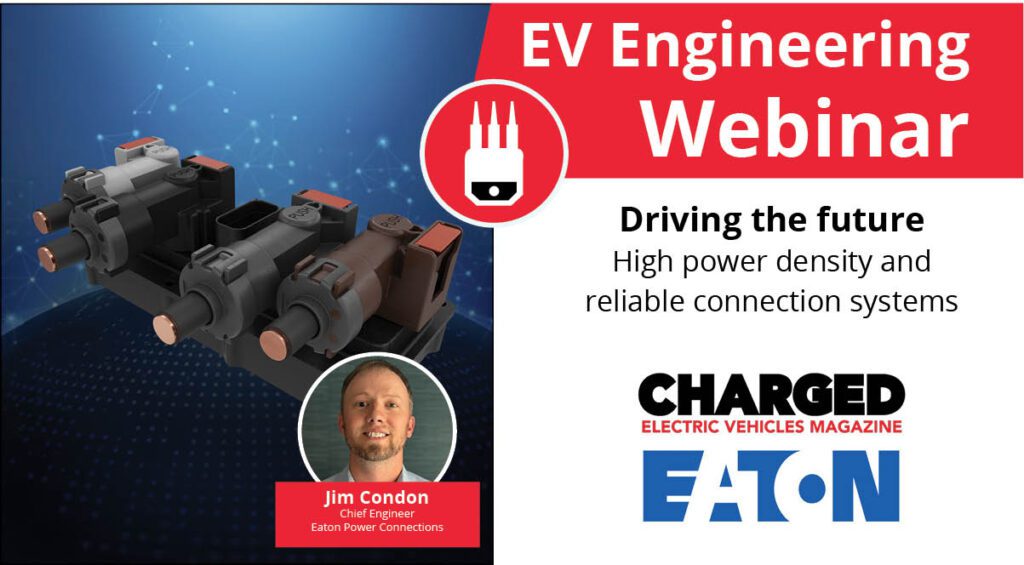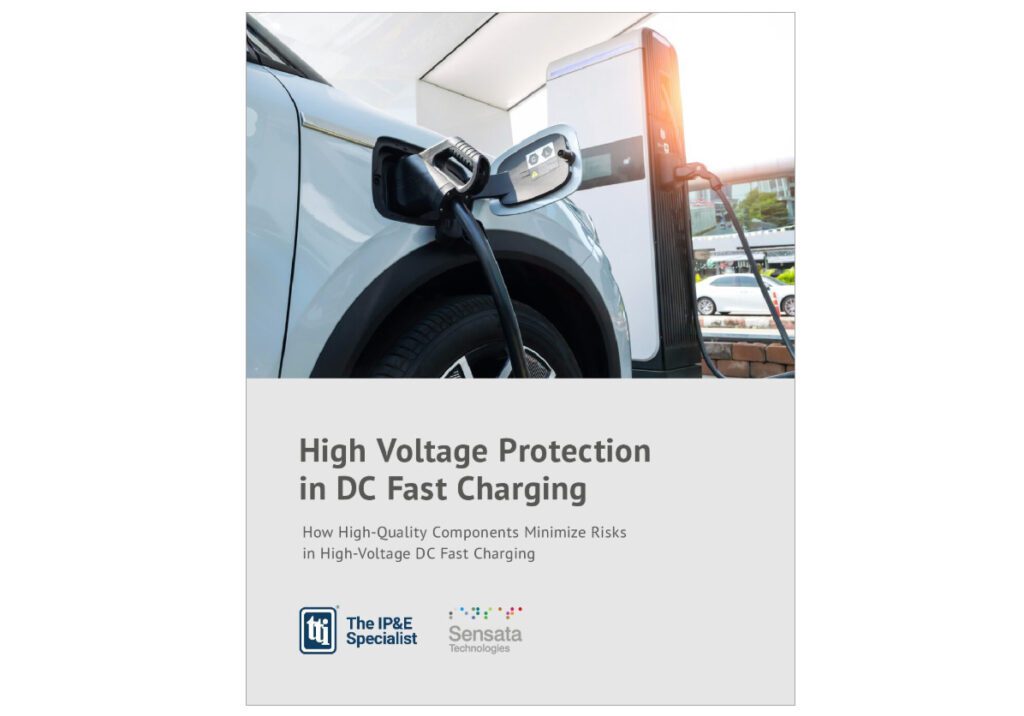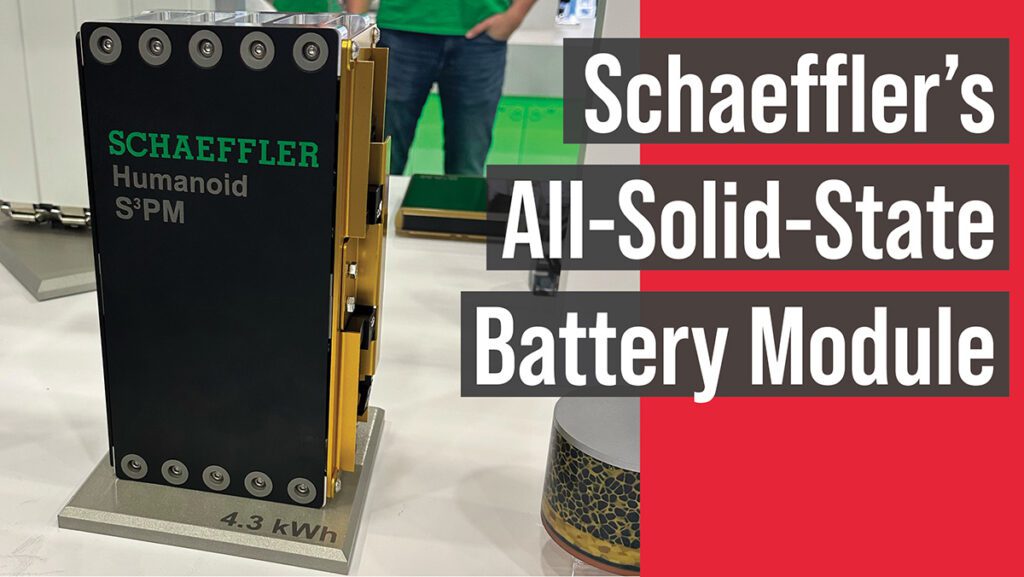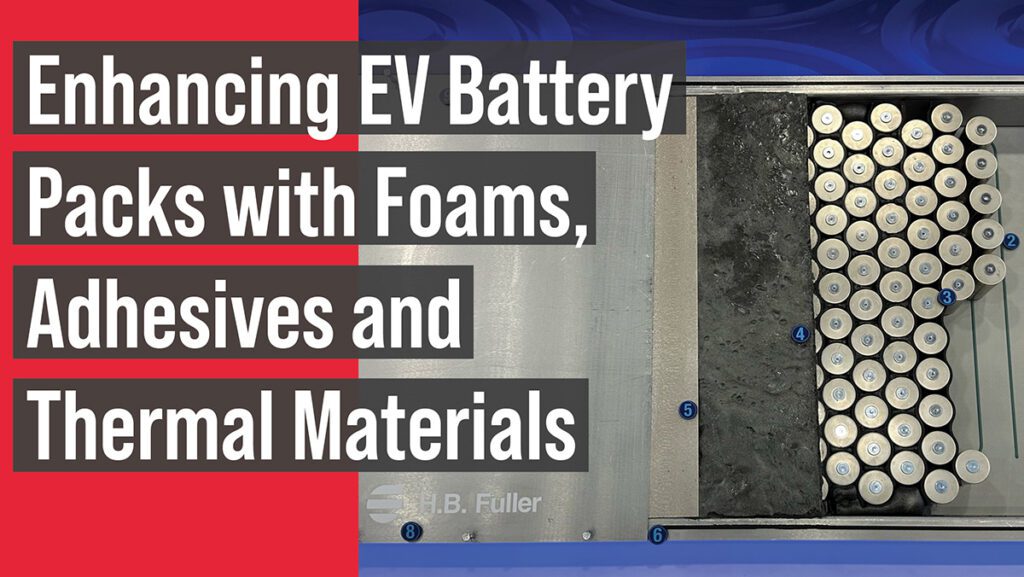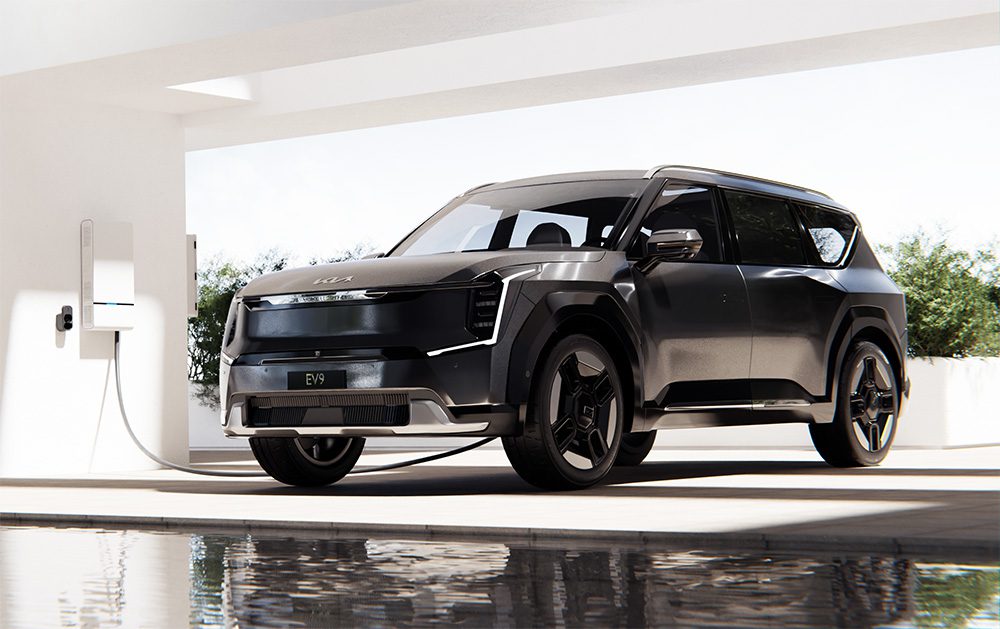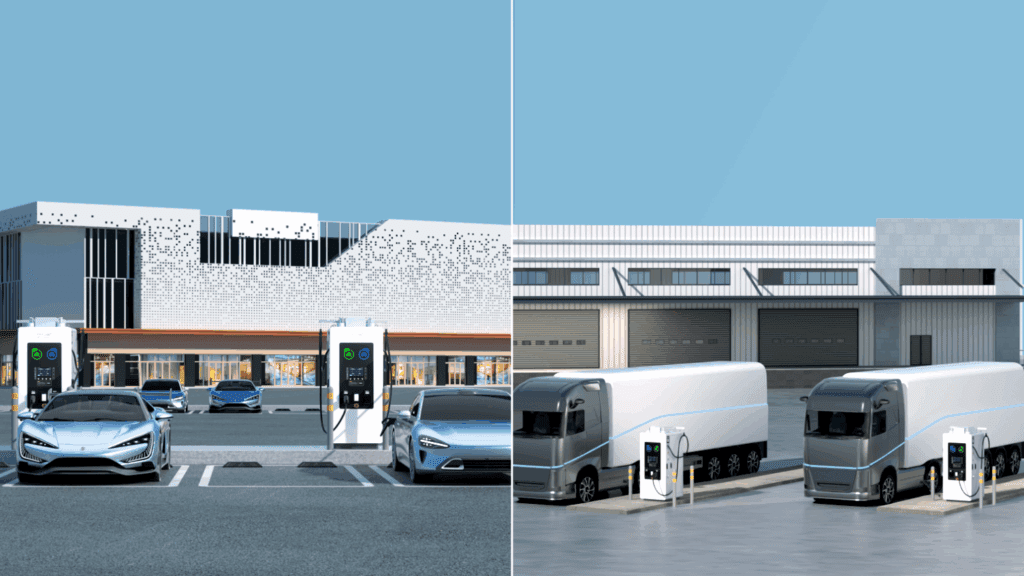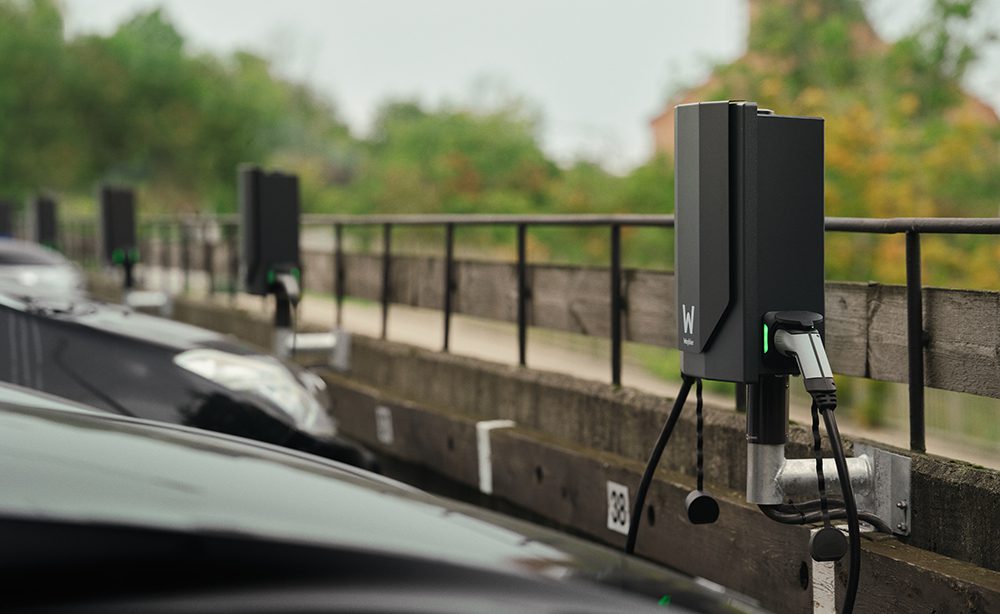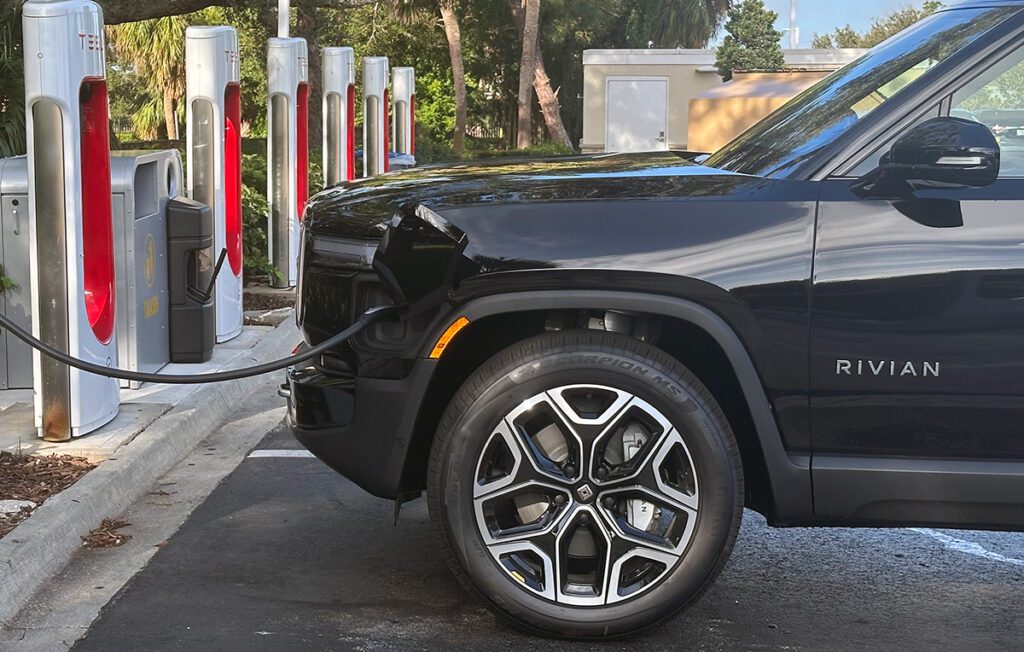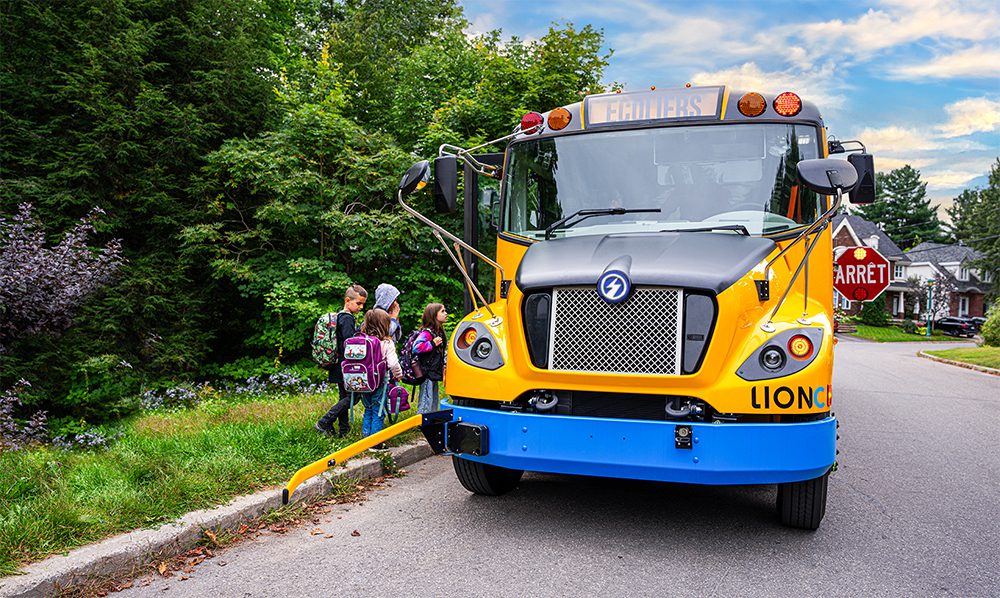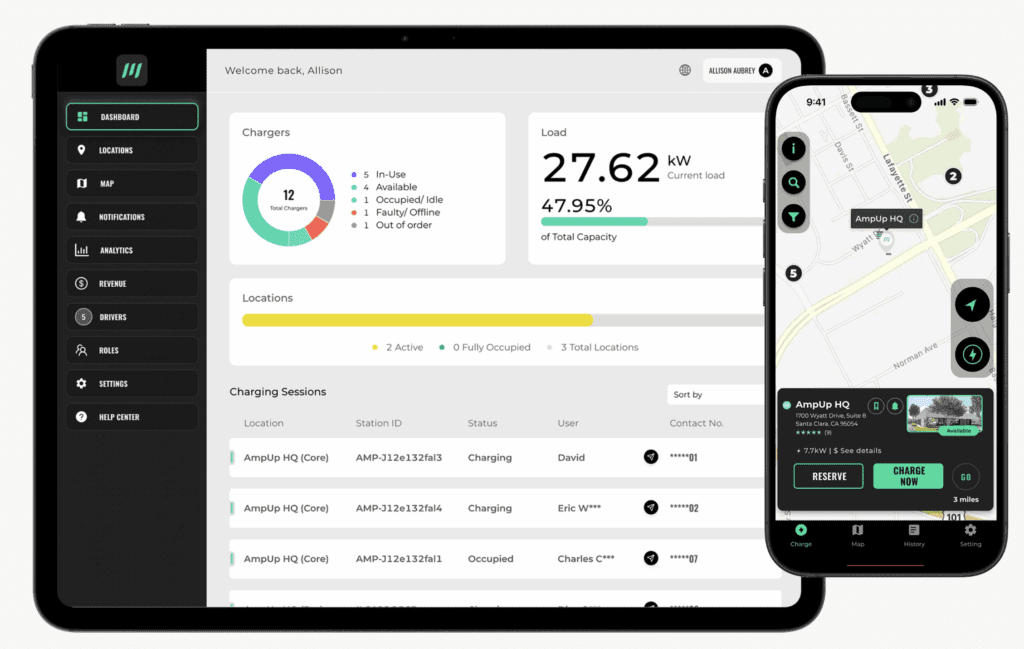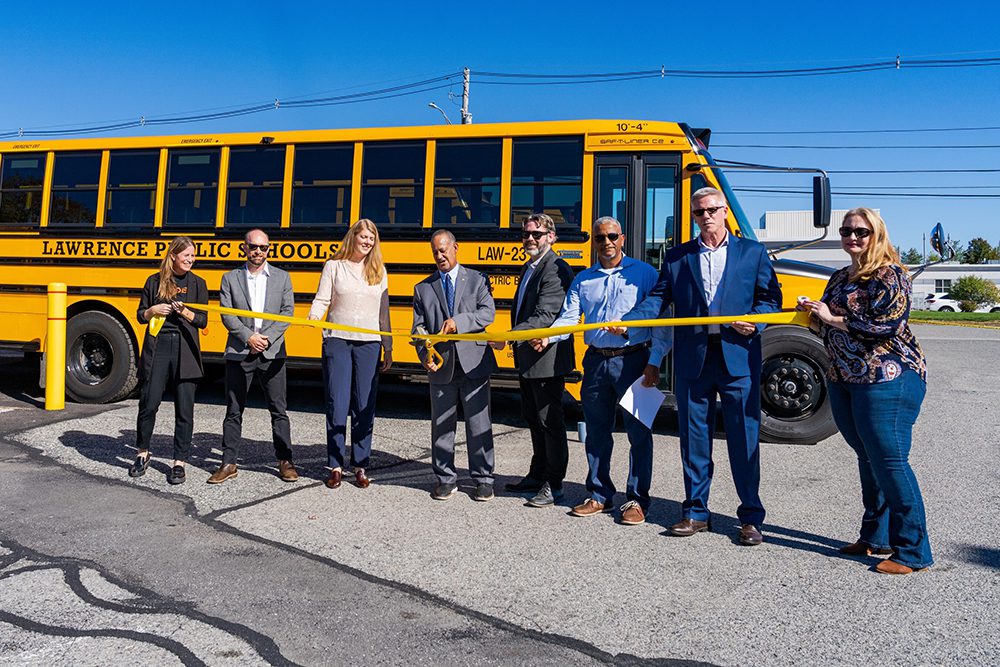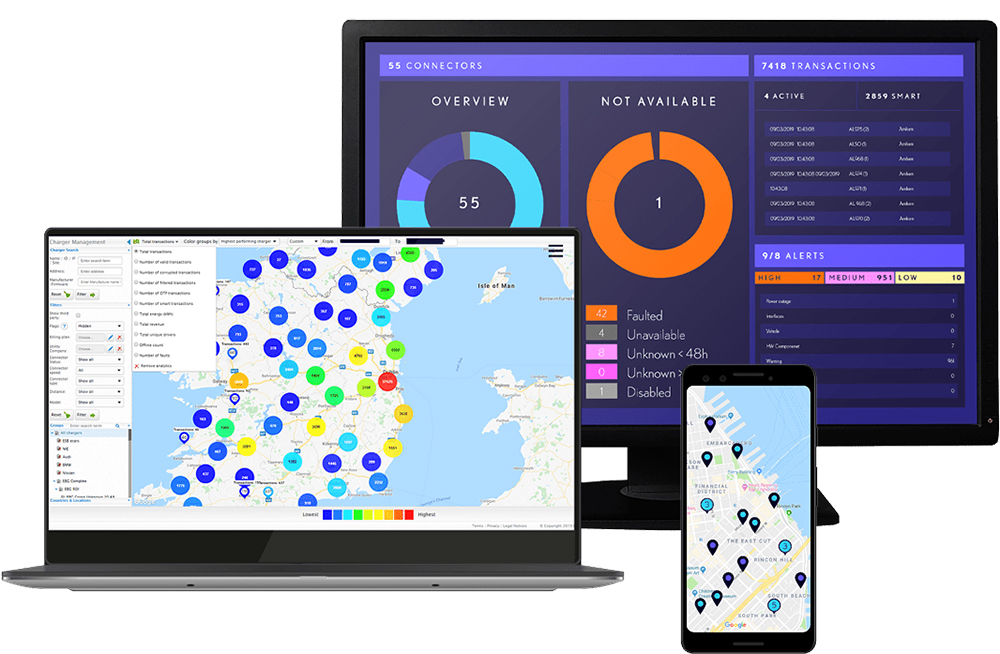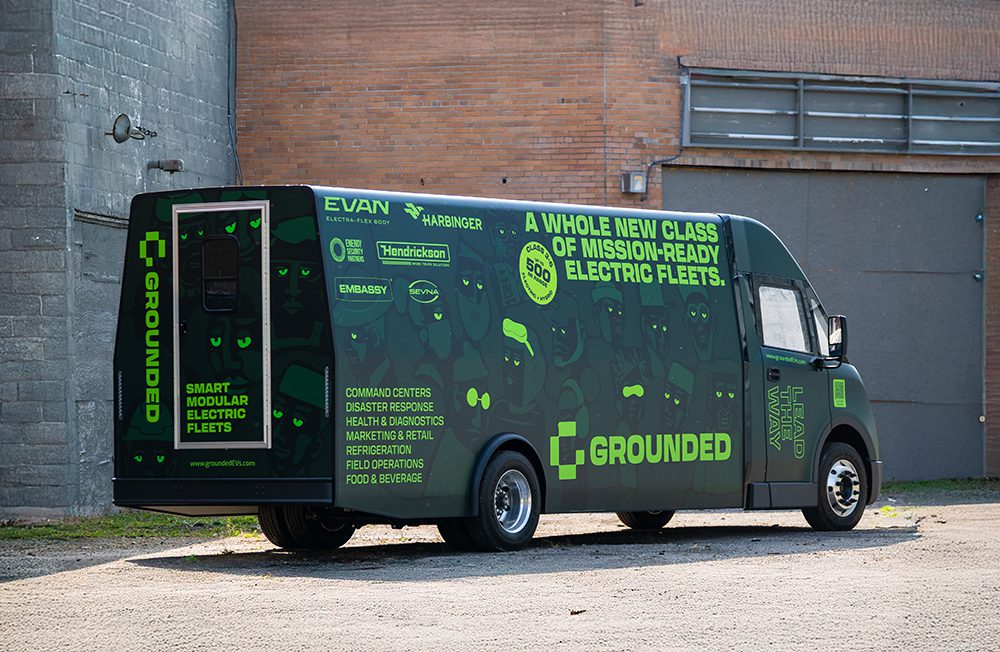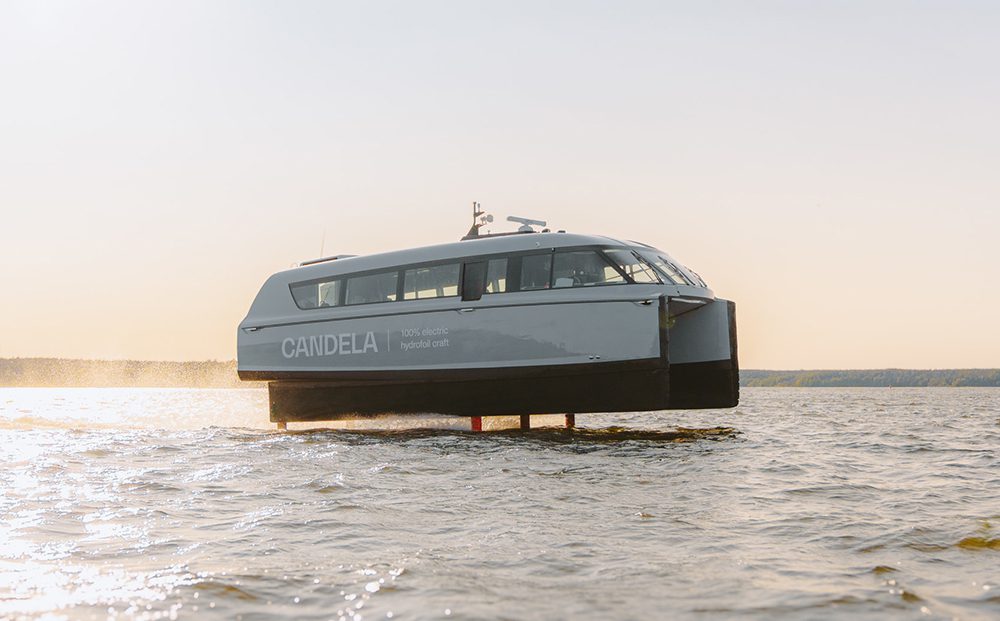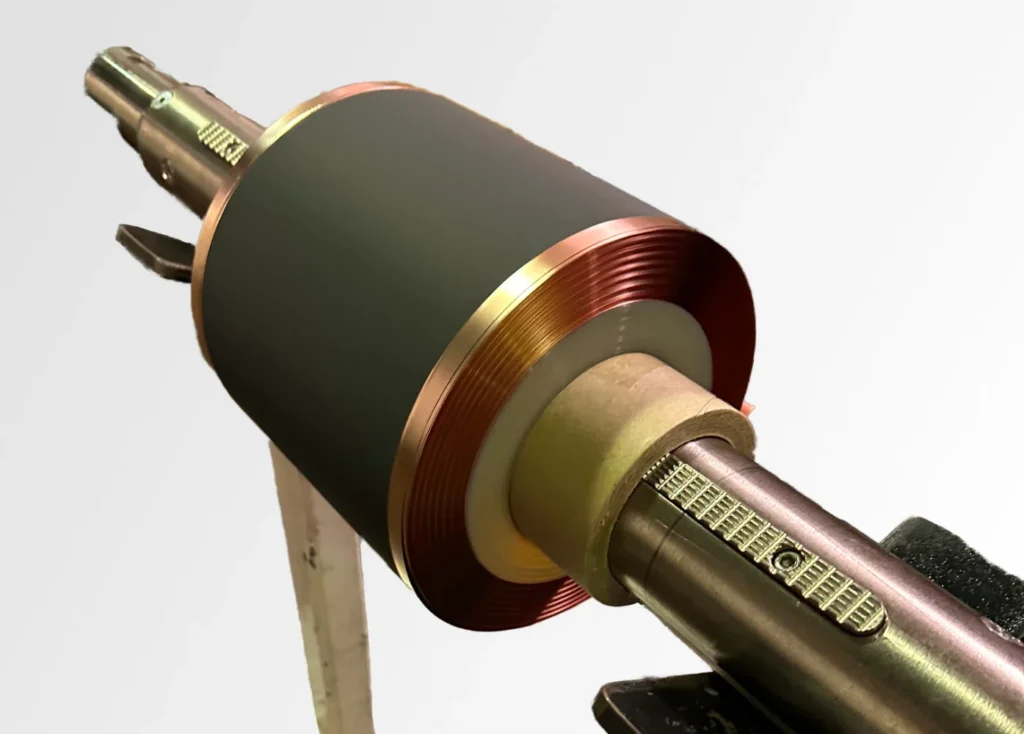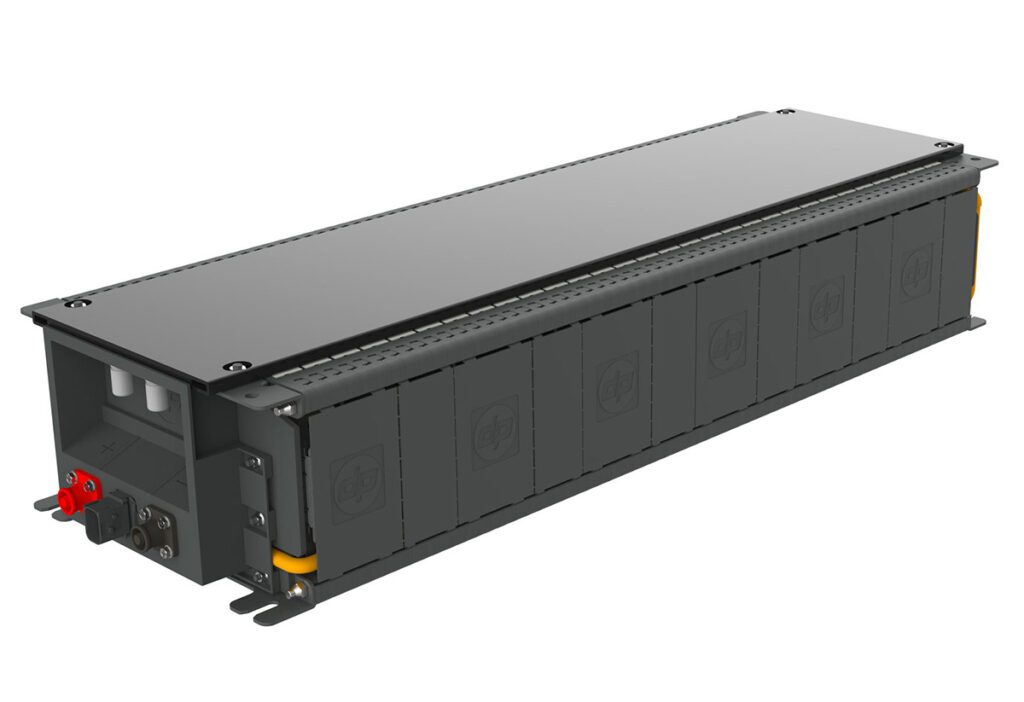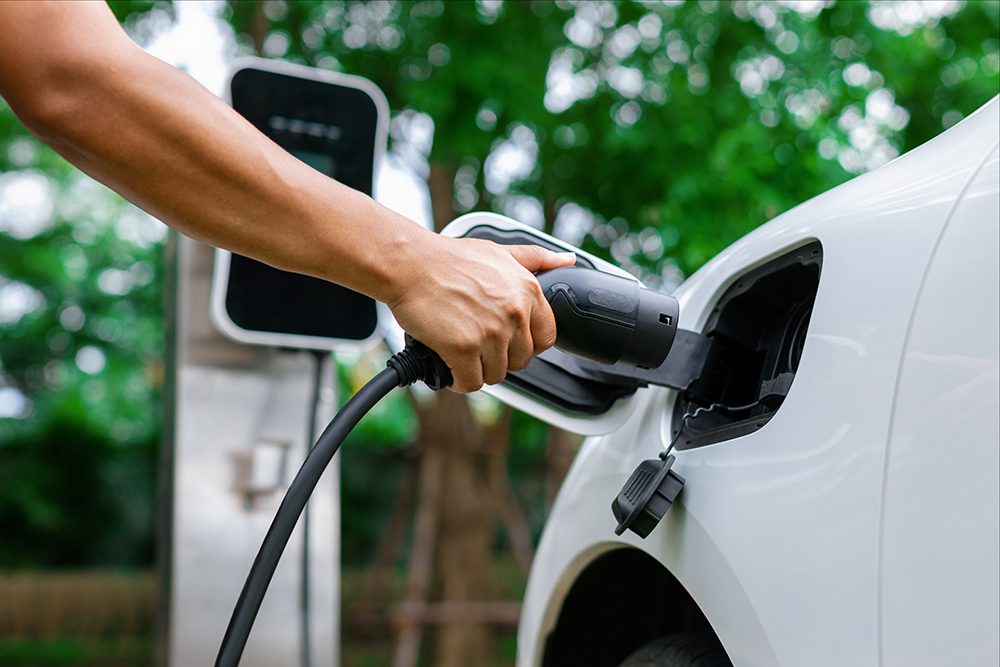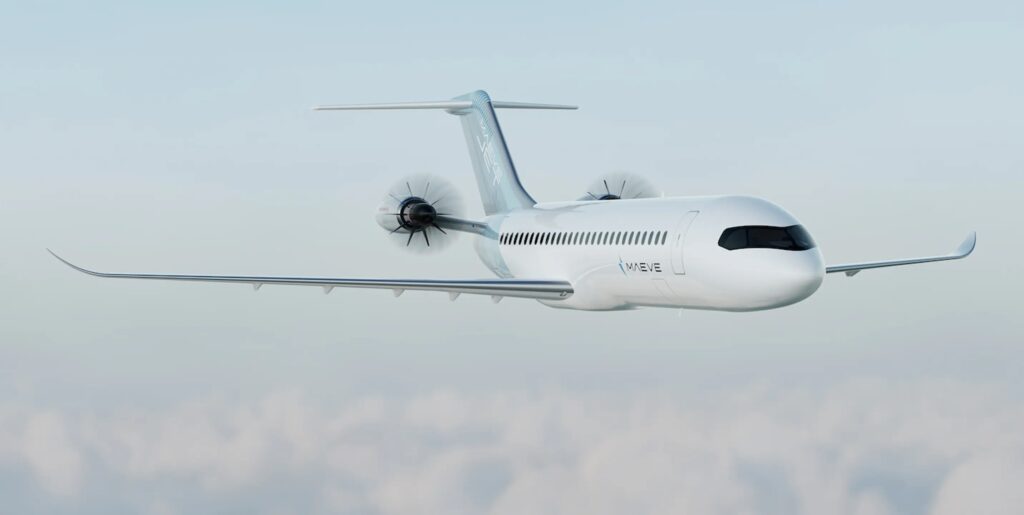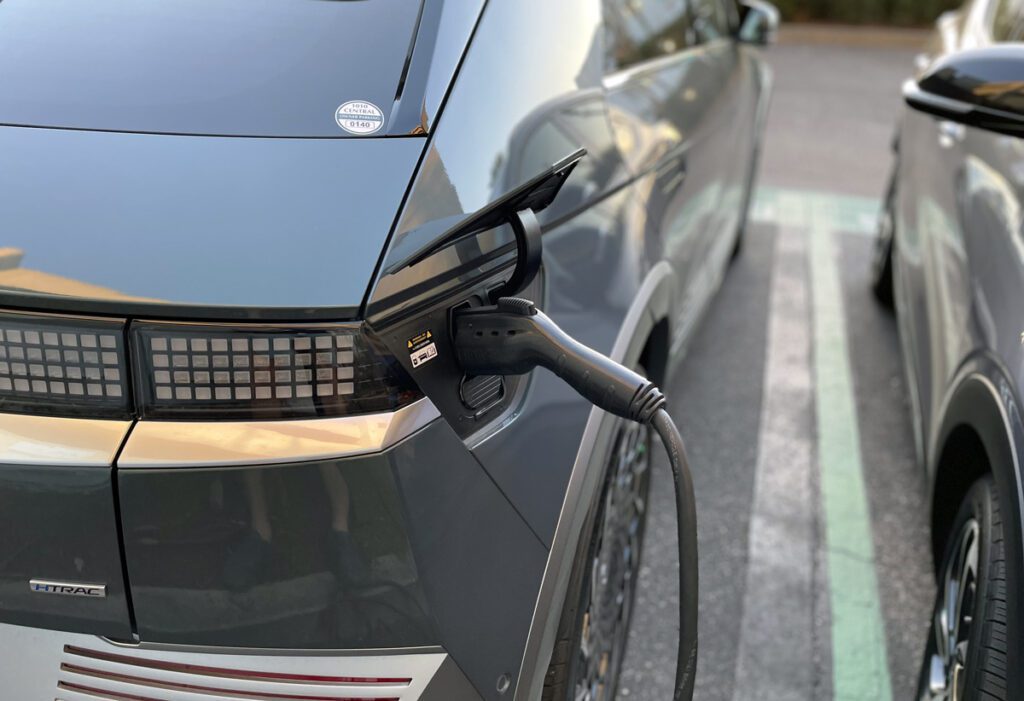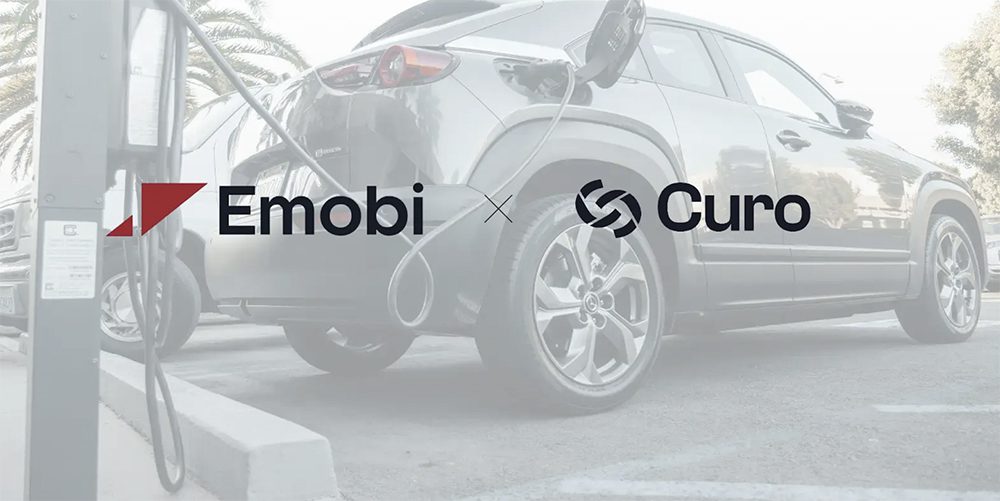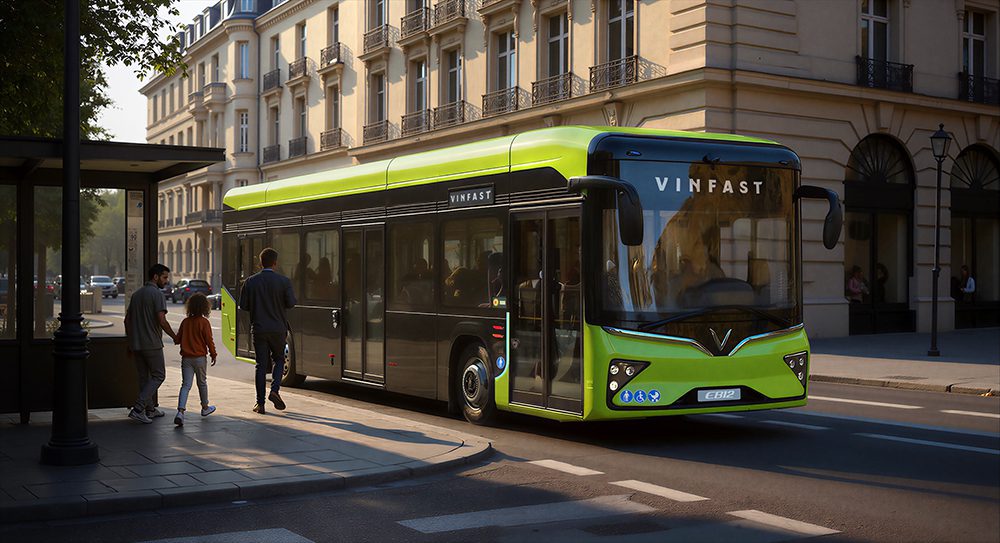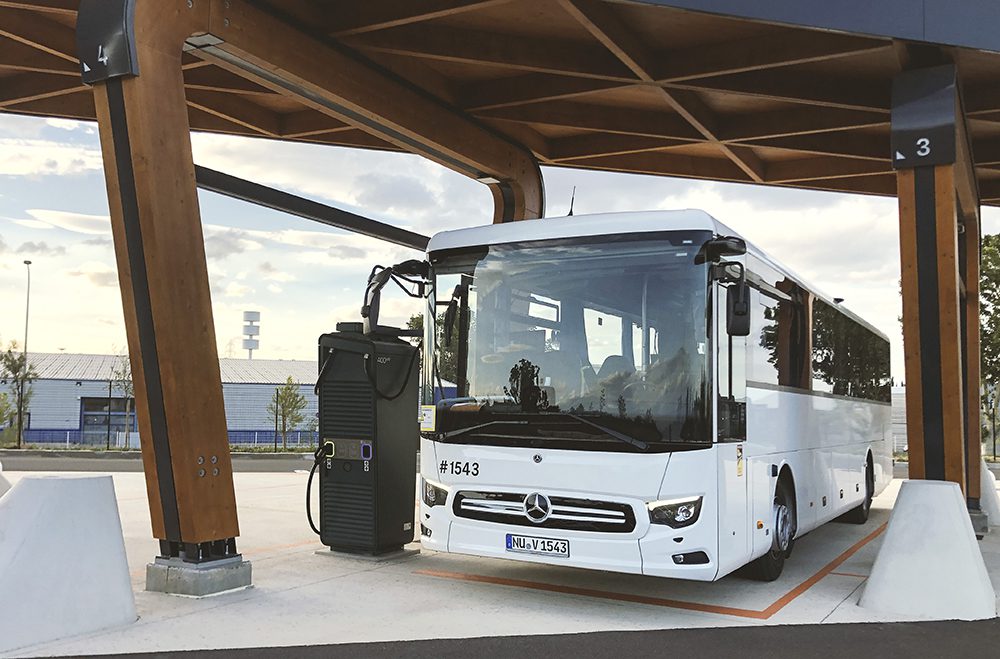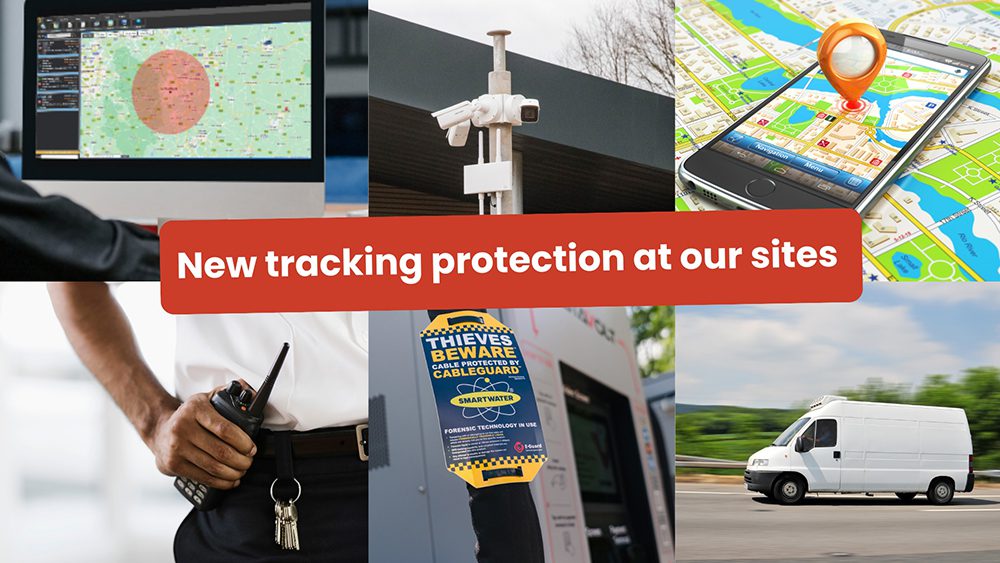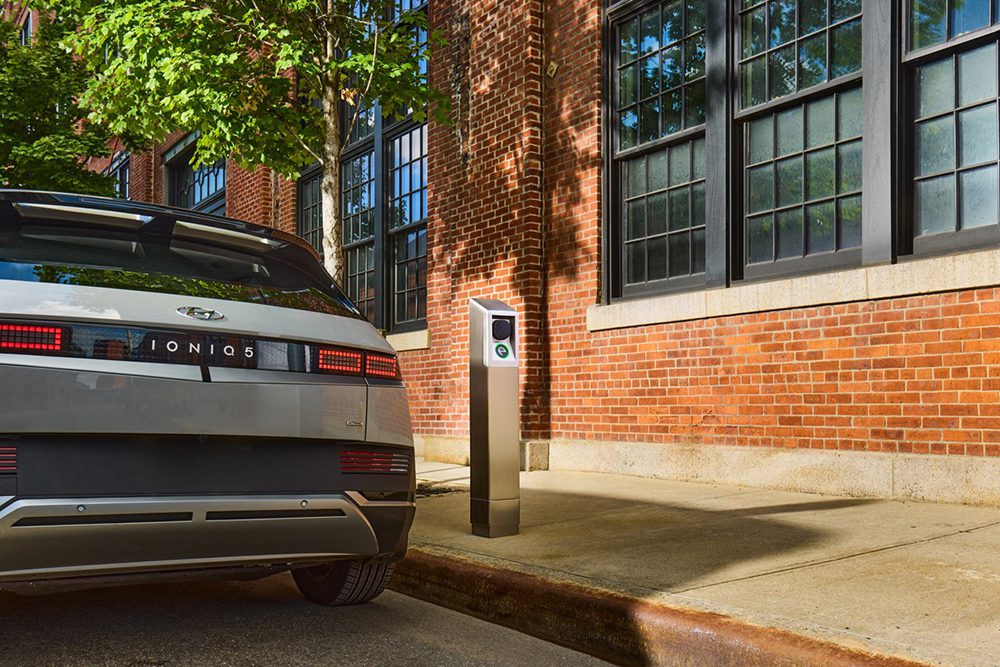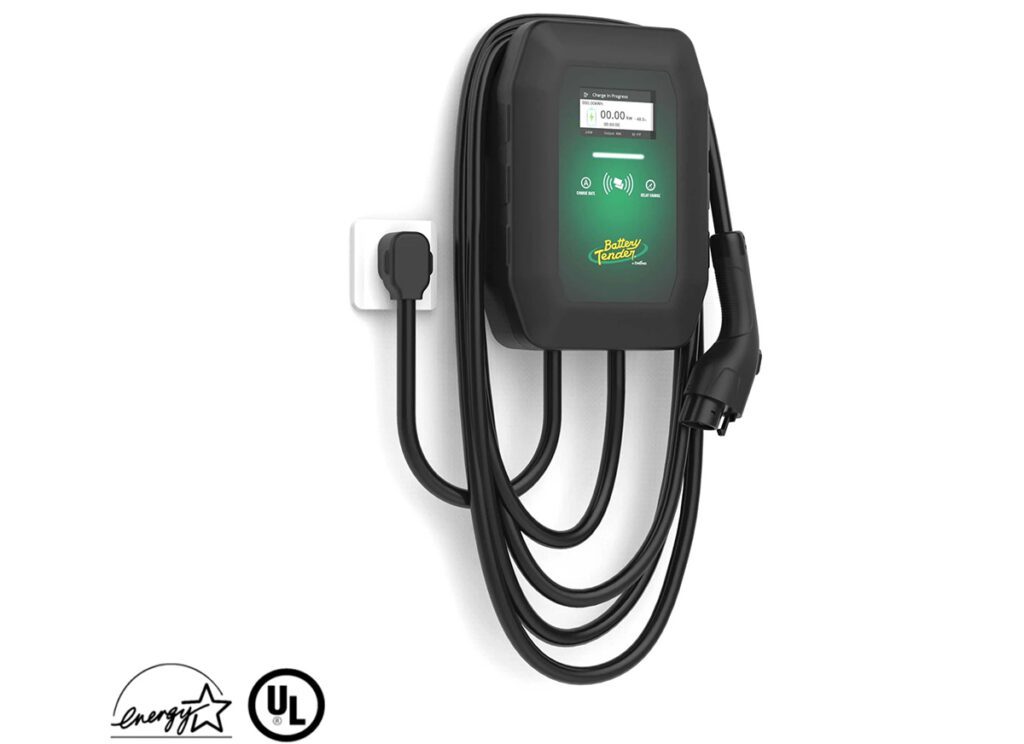In a virtual meeting with investors, Ford outlined a plethora of plans to expand its electrification efforts. There was a big bundle of news, which will take the media some days to fully unpack, but the gist of it is that, under a plan dubbed Ford+, the automaker will be allocating capital to three priority areas: fully electric vehicles, commercial solutions and connected services.
Ford has boosted its planned EV investment by more than a third—it now expects to spend more than $30 billion on electrification, including battery development, by 2030, and aims to increase pure EV sales to 40 percent of its global volume by 2030. That should translate to somewhere around 1.5 million EVs, based on last year’s sales.
The stars of the electric show will be: the Mustang Mach-E, which is winning new customers for Ford (70% of buyers to date are new to the brand); the F-150 Lightning, which has garnered 70,000 customer reservations since its unveiling; and E-Transit commercial vans, which will be on the road later this year.
Ford will also invest in battery technology, aiming to design, engineer and manufacture its own batteries. The company will “a global center of battery excellence” called Ford Ion Park, where over 150 experts in battery chemistries, testing, manufacturing and value-chain management will work to boost battery range and lower costs. It will vertically integrate battery technology with a range of EV batteries including: IonBoost lithium-ion; IonBoost Pro lithium iron phosphate for commercial vehicles; and a new generation of solid-state batteries based on technology from Solid Power, in which Ford holds an equity stake. Ford is also forming a joint venture, BlueOvalSK, with SK Innovation, to manufacture battery cells and arrays at two plants in the US. Ford hopes to cut battery costs by 40 percent by 2025.
The development of connected services and vehicle autonomy are auto industry trends that are moving in tandem with electrification, and Ford also plans major initiatives in these areas as well. It hopes to have “about 1 million vehicles that are capable of receiving over-the-air system updates on the road by the end of this year, exceeding Tesla’s volume by July 2022, and scaling to 33 million OTA-enabled Ford and Lincoln vehicles by 2028.”
Ford will accelerate the implementation of digitally-enabled tools such as Ford Pass and Lincoln Way, online ordering and mobile repairs, in-vehicle technology from the likes of Apple, Amazon, Google and Baidu, and Ford’s BlueCruise suite of driver-assist technologies.
Ford confirmed that it will develop two dedicated EV platforms, one for cars and smaller SUVs, and another for full-size trucks and SUVs. The latter will be the base for BEV versions of the Explorer SUV, Lincoln Aviator crossover and future “rugged SUVs.” Ford didn’t confirm rumors that an electric version of the Bronco is in the works, but it did tease a silhouette of a vehicle that looked very Bronco-like. “In the BEV era, Ford will not cede truck leadership to anyone,” said Lisa Drake, Ford’s COO for North America.
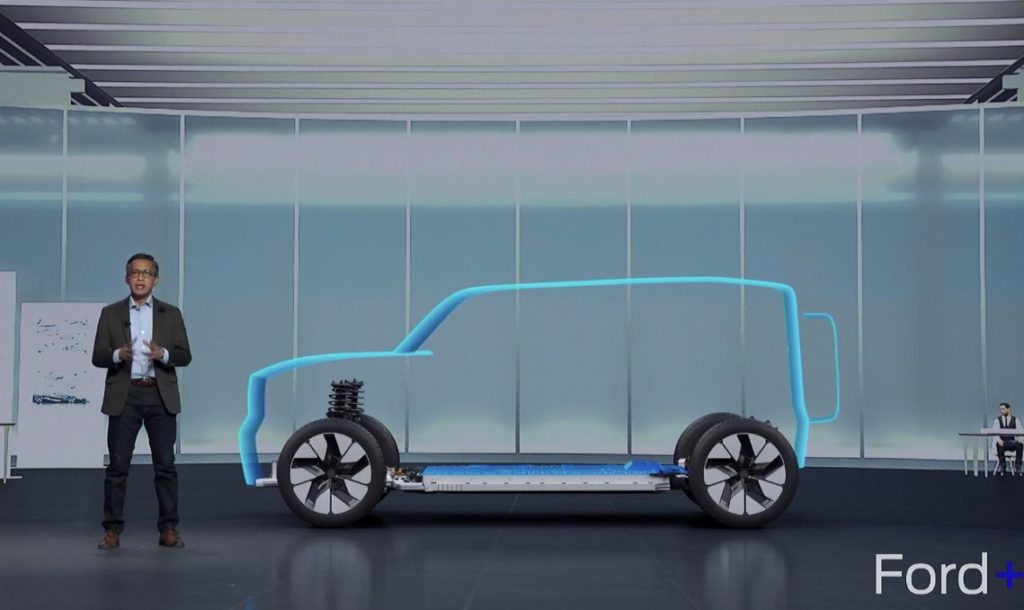
Collectively, the new announcements represent a challenge to rival GM (as well as Tesla and other electric upstarts), and hopefully a major escalation in a healthy competition.
“This is our biggest opportunity for growth and value creation since Henry Ford started to scale the Model T,” said Chief Executive Jim Farley.






